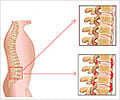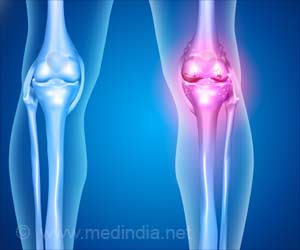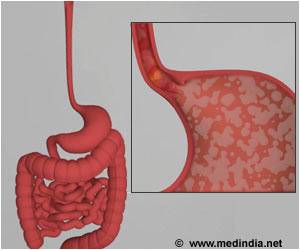Researchers in Norway report that patients who receive walking skills training following total hip arthroplasty for osteoarthritis show improved physical function.

Osteoarthritis (OA) is a joint disease where loss of cartilage in affected joints such as the knees, hips, fingers or spine causes pain and stiffness that can be disabling. In some cases, the only treatment option for OA is total replacement of the joint, known as arthroplasty. The World Health Organization (WHO) estimates that 10% of men and 18% of women 60 years of age and older suffer from OA. In the U.S., the National Hospital Discharge Survey reported that 230,000 Americans had hip replacement surgery in 2007.
Previous research reported pain relief, a return to daily functioning, and maintaining an active lifestyle to be high priorities for hip replacement patients. Yet despite improvements in pain and mobility following surgery, several studies have shown patients with hip replacements had more walking impairment compared to healthy peers, and displayed poorer hip flexibility and muscle strength in their affected hip. "Physical therapy, particularly exercises that increase strength and improve walking, is a major component of patient rehabilitation following hip arthroplasty," said Kristi Elisabeth Heiberg, a Ph.D. candidate at the University of Oslo in Norway and lead author of the current study.
To investigate the effects of a walking skills training program on walking, stair-climbing, balance, physical function, and pain, the research team recruited participants undergoing total hip arthroplasty at two hospitals in the Oslo area. Patients were enrolled consecutively from October 2008 through March 2010, with 68 patients randomized to either a training group (35) or in the control group (33). Participants had a mean age of 66 years, with 35 women and 33 men taking part in the study.
Participants in the training group engaged in 12 sessions that were led by a physical therapist twice a week. Each 70 minute session was solely performed in weight-bearing positions and included physical activities such as sitting to standing, walking over obstacles, walking with turns, and climbing stairs. The aim of the training program was to improve patients' flexibility, strength, coordination, balance, and walking endurance following surgery.
Results show those who took part in the walking program displayed significant improvement in physical performance measures and self-reported physical functioning at five months following surgery compared to the control group. Compared to baseline measures (3 months post surgery), 66% of subjects in the training group and 15% in the control group improved their walking distance to 164 feet (50 meters) or more by the fifth month following hip replacement surgery. At 12 months post surgery the training group showed greater improvement in walking distance and stair climbing abilities than the control. "The training program was well tolerated by patients and no complications were reports," concludes Ms. Heiberg. "Our findings suggest physical rehabilitation helps improve mobility and function in patients who received hip replacements."
Advertisement















